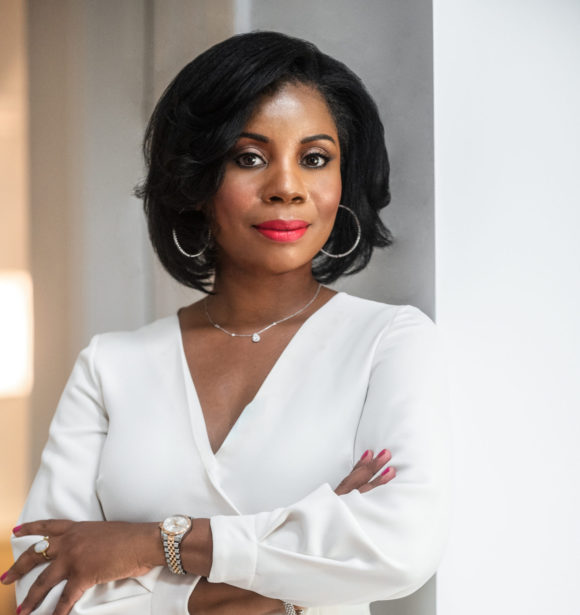Oct 30, 2021
How to Create a Sustainable Diverse and Inclusive Company Culture with D, E, & I Consultant Wema Hoover
Companies that lack diverse leadership have trouble building an inclusive company culture. This is not a small problem. According to a Harvard Business Review study, over 75% of employees believe their companies lack diversity in leadership positions. However, the solution isn’t as simple as instating hiring quotas. Improving diversity is about creating an inclusive culture where all employees can thrive from leadership on down.
Global diversity, equity, and inclusion keynote speaker and thought leader Wema Hoover has experience increasing diverse representation in Fortune 500 companies and helping create inclusive cultures. She has served as the Global Head of Diversity, Equity and Inclusion at both Google and Sanofi.
If your company wants to create a more inclusive culture, here are a few things top diversity keynote speaker Wema Hoover suggests you can do to start: use internal data to address inequities, recruit diverse leaders, improve onboarding, and have leaders model inclusive behaviors.
Use Internal Data to Address Inequities
The first step to improving your organization’s culture is to use your company’s internal data to address inequities. You can’t change your culture without first understanding your culture. You need to look at your hiring statistics, your promotion demographics, leadership demographics, and engagement surveys. This data can give you an idea of where to begin and how to develop a tailored intervention.
Recruit Diverse Leaders
Wema says, “You cannot be what you do not see. Representation matters.” Increasing diverse representation at the leadership level is critical to creating a diverse and inclusive company culture. Employees who see themselves represented in leadership feel more included. Companies can look at their data to see talent within and to recruit talented people from without. However, it’s not enough just to recruit diverse leaders. These new leaders need to be supported through better integration and onboarding.
Improve Integration and Onboarding
The key to sustained diversity and inclusion is through improved integration and onboarding in the company. Companies can’t expect to hire diverse people and expect them to thrive without support. Many people leave companies because of failed onboarding. People of color often find it harder to create networks of support from peers. They fail to get the mentorship and advocacy that will make them feel included and supported in the company. So it’s important to help new hires have mentors to include them in the company’s norms and to advocate for them for promotions and projects.
Have Leaders Model Inclusive Behaviors
Furthermore, the current leadership needs to set expectations of inclusive behaviors if the company is to sustain diversity and inclusion. Employees take their cues from leadership behavior. If leaders are more inclusive, then so will be employees. Leaders can do this by ensuring that diverse employees have the same access to projects, assignments, and company recognition as all other employees.
Creating a sustainable and inclusive company culture is not easy. It takes effort. Wema suggests companies start by using internal data, recruiting diverse leaders, integrating diverse hires in the company, and having leadership show support.
If you’re interested in creating a more diverse and inclusive company, contact BigSpeak speakers bureau today to hire a top D, E, & I keynote speaker like Wema Hoover.
BigSpeak motivational speakers bureau works with the top diversity and inclusion keynote speakers and consultants. If you’re looking for one of the best D, E, & I speakers for your conference, event, or online event, BigSpeak can connect you with the most popular diversity keynote speakers who can inspire your business to reach new heights.
For More on Diversity, Equity, and Inclusion See:
A Dive into Diversity & Inclusion with Risha Grant
Diversity and Inclusion Will Be Your Company’s Strength in 2018 and Beyond
Confront Your Biases and Be More Inclusive With This 3-Step Process
Speaker

 Wema Hoover
Wema Hoover